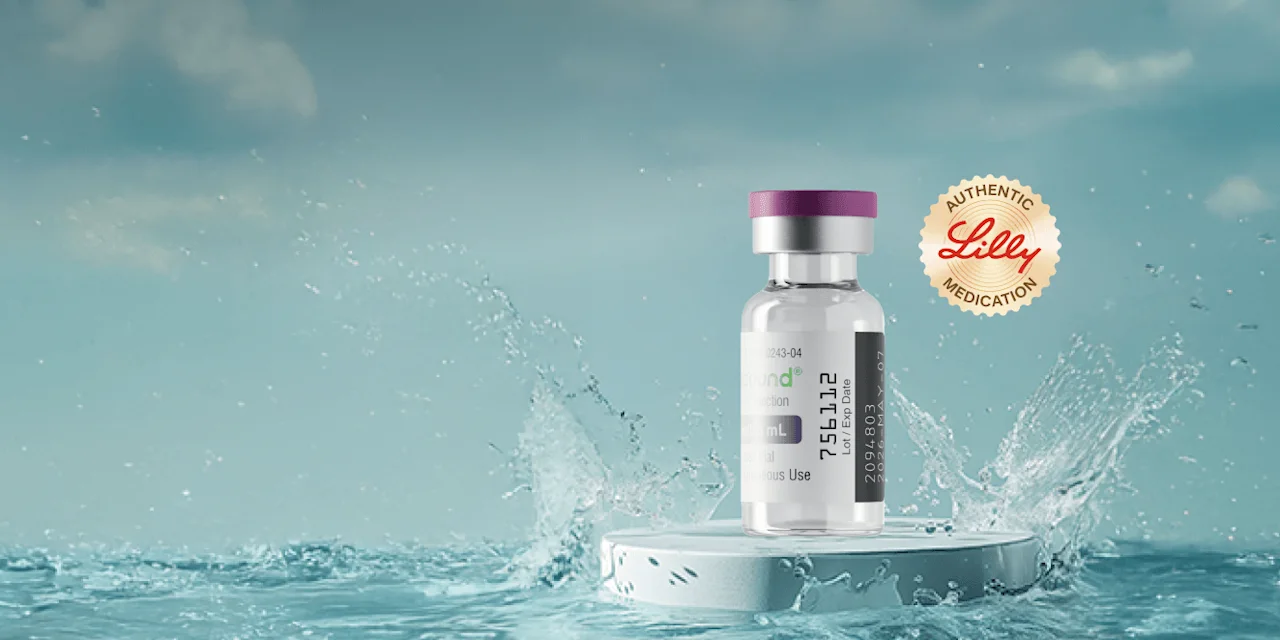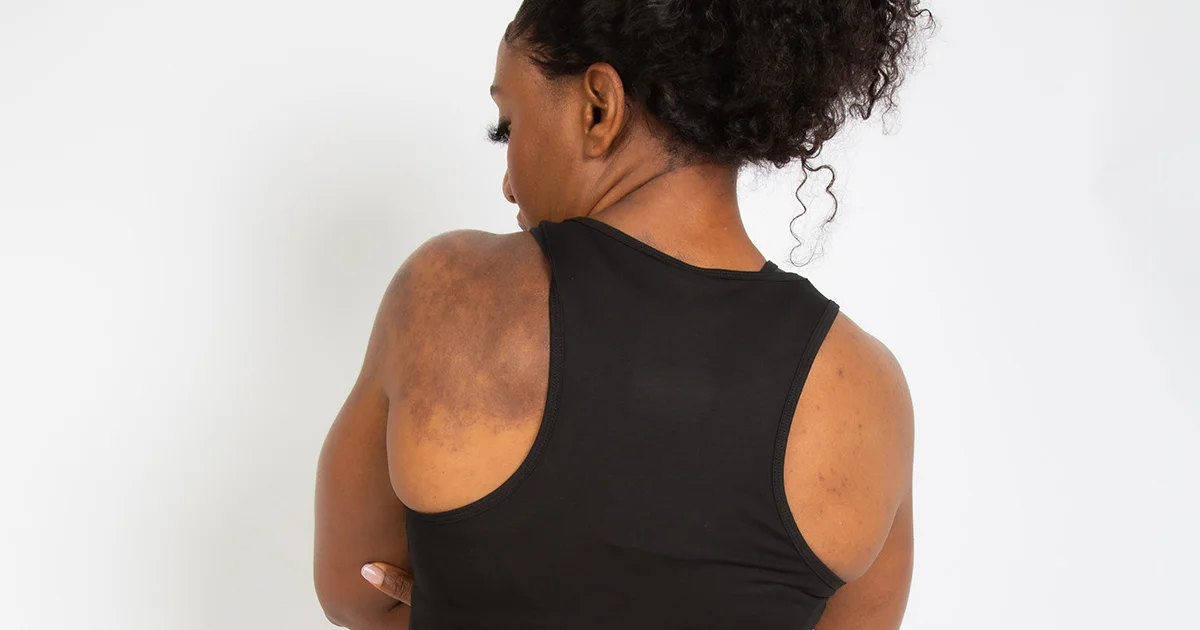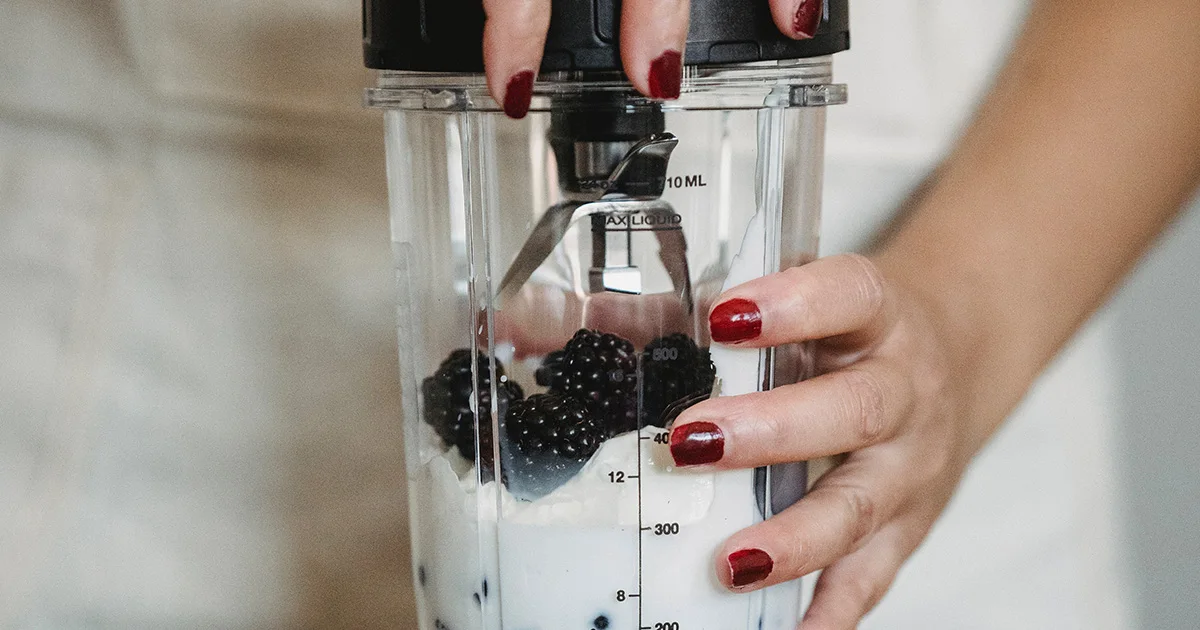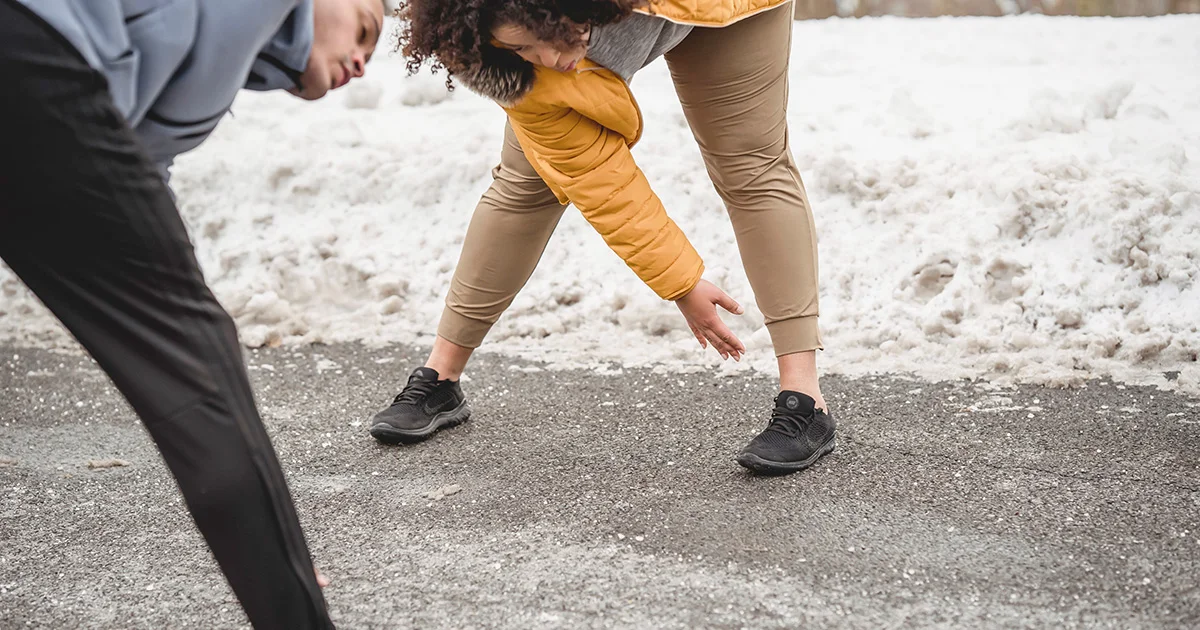Here's what we'll cover
If your healthcare provider prescribed Trulicity (dulaglutide), you may wonder if you should avoid any foods while taking the medication. If you start Trulicity, does that mean you can’t indulge in your favorite foods anymore?
The short answer is: no foods are “off-limits” with Trulicity, but avoiding certain foods may help minimize side effects or make them a bit more tolerable.
What is Trulicity?
Trulicity (dulaglutide) is a once-weekly injectable medication prescribed to people with type 2 diabetes. Combined with diet and exercise, it improves blood sugar control. It can also lower the risk of serious cardiovascular events, like heart attack or stroke, in people with both type 2 diabetes and heart disease.
Trulicity is a member of a class of medications called glucagon-like peptide-1 (GLP-1) receptor agonists. These drugs work by mimicking a hormone called GLP-1, which encourages the release of insulin and inhibits glucagon (sugar) production after you eat — helping to control blood sugar levels. GLP-1 agonists also send signals to your brain to tell you you’re full, while delaying gastric emptying (the process in which food leaves your stomach). As a result, people taking Trulicity may experience a 1.2% points reduction in their HbA1c levels and some minor weight loss.
What are the common side effects of Trulicity?
The most common side effects of Trulicity include:
Nausea
Diarrhea
Vomiting
Abdominal pain
Decreased appetite
Additional side effects may include upset stomach, fatigue, constipation, flatulence, bloating, gastroesophageal reflux disease (GERD), and burping. For most people, Trulicity’s side effects range from mild to moderate, although a few people may experience more severe side effects.
Some side effects are more common in the beginning and with higher doses of Trulicity. For example, as many as three in ten people experience nausea after taking their first dose, but it typically goes away in the first two weeks as your body gets used to the drug.
Foods to avoid on Trulicity
Currently, no foods or beverages are known to interact with Trulicity. However, some types of food may produce gastrointestinal symptoms similar to some of Trulicity’s side effects, such as nausea or abdominal discomfort. And, other foods may raise your blood sugar, which may counteract the effects of Trulicity on glycemic control.
1. Saturated and trans fats
Eli Lilly, the makers of Trulicity, recommend avoiding fat or fatty foods if you experience nausea. Indeed, research has linked fatty foods to dyspepsia (upper stomach pain or indigestion) and other symptoms like bloating and nausea. Bloating, nausea, and stomach pain are all common side effects of Trulicity, so eating fatty foods may worsen the gastrointestinal discomfort you experience with Trulicity.
However, not all fats are bad. Saturated and trans fats are the ones you’ll want to avoid, as they are linked to high cholesterol and increased cardiovascular risk. The following foods typically contain saturated and trans fats:
Whole-fat dairy products like butter, whole milk, and ice cream
Coconut oils, palm oils, shortening, and margarine
Fatty and processed red meats like bacon, sausage, burgers, and steak
Processed baked goods like cakes, pies, cookies, and doughnuts
Fried or battered foods (more on this in the next section)
For people with type 2 diabetes, health experts recommend replacing saturated and trans fats with healthier fats, like the omega-3 fatty acids in fatty fish and the monounsaturated fats in nuts.
2. Fried and greasy foods
Fried foods often contain saturated and trans fats, which can worsen nausea, upset stomach, or other gastrointestinal side effects of Trulicity. Moreover, eating fried foods can increase your risk of coronary artery disease and type 2 diabetes.
Fried foods can be even less healthy when eating out, as restaurants are more likely to reuse the frying oil (which deteriorates the oil), serve larger sizes, and include more sodium in their meals.
Opt for healthier cooking methods at home instead, such as boiling or roasting. Use water or plant-based oils such as olive oil.
3. Sugary foods
Very sugary foods are a no-no for people with type 2 diabetes. Sugar quickly spikes blood sugar levels, possibly interfering with the glycemic control offered by Trulicity.
Plus, high-sugar diets are associated with both overeating and weight gain, which can make it tougher to follow the diet lifestyle changes recommended for Trulicity to work at its best.
Beyond the obvious culprits such as candy and baked goods, sugar can show up in surprising places like bread and pasta sauce so it’s important to check the nutrition label before you buy.
4. Refined grains and carbohydrates
Like fat, not all carbohydrates are created equally when managing type 2 diabetes and Trulicity’s side effects. Some carbohydrates slowly increase glucose in the body. These are called low glycemic index (GI) foods, which you want to reach for at the grocery store.
Others, like refined carbohydrates and refined grains, increase it quickly, potentially triggering a blood sugar spike. Limit or avoid high GI foods like:
Processed cereals and snack foods
White bread
White rice
Potatoes and other starchy vegetables
Watermelon
Honey
Instead, opt for whole foods, non-starchy vegetables (e.g. carrots and leafy greens), and whole grains, like quinoa or steel-cut oatmeal.
5. Carbonated or sweetened beverages
Sweetened beverages can include sodas, fruit juice, and alcohol. To avoid blood sugar spikes, health experts recommend that people with type 2 diabetes drink alcohol in moderation (one drink max per day for women, and two drinks max per day for men). In the United States, one "standard" drink means 12 ounces of regular beer, or 5 ounces of wine, or 1.5 ounces of distilled spirits.
The carbon dioxide in carbonated beverages, including soda and beer, can increase your stomach’s gas and fluid retention — leading to bloating and abdominal discomfort that may worsen the side effects you feel with Trulicity.
Overall, try to replace sweet or carbonated beverages with (still) water as much as you can.
Trulicity alternatives
Some people may stop using Trulicity due to side effects. If the side effects from Trulicity become too much, ask your health provider about other options. There are several GLP-1 medications besides Trulicity which also treat type 2 diabetes, including:
Ozempic (semaglutide)
Mounjaro (tirzepatide)
Victoza (liraglutide)
Byetta (exenatide)
Bydureon Bcise (exenatide)
Ozempic, Mounjaro, and Bydureon Bcise are all once-weekly injections like Trulicity, while Victoza is injected daily and Byetta is injected twice daily. All of these medications are effective at managing blood sugar levels. Your health provider can recommend the best option for you based on your health conditions, other medications you are taking, and personal preferences.
The bottom line: Tips for managing Trulicity side effects
Those who are experiencing nausea while taking Trulicity should avoid sweet, greasy or fried foods and also take these approaches at mealtime:
Eating slowly
Eating smaller meals
Eating foods that are bland and light
Drinking ice-cold or clear drinks (for example, unsweetened tea or water)
If the side effects you experience become too bothersome or don’t go away, talk to your healthcare provider who can offer recommendations for any issues that arise.
DISCLAIMER
If you have any medical questions or concerns, please talk to your healthcare provider. The articles on Health Guide are underpinned by peer-reviewed research and information drawn from medical societies and governmental agencies. However, they are not a substitute for professional medical advice, diagnosis, or treatment.
Ozempic Important Safety Information: Read more about serious warnings and safety info.
Mounjaro Important Safety Information: Read more about serious warnings and safety info.
Cahill, L. E., Pan, A., Chiuve, S. E., et al. (2014). Fried-food consumption and risk of type 2 diabetes and coronary artery disease: a prospective study in 2 cohorts of US women and men. The American Journal of Clinical Nutrition, 100(2), 667–675. doi:10.3945/ajcn.114.084129. Retrieved from https://www.ncbi.nlm.nih.gov/pmc/articles/PMC4095664/
Camps, G., de Graaf, K., & Smeets, P. A. M. (2018). Men and Women Differ in Gastric Fluid Retention and Neural Activation after Consumption of Carbonated Beverages. The Journal of Nutrition, 148(12), 1976–1983. doi:10.1093/jn/nxy230. Retrieved from https://pubmed.ncbi.nlm.nih.gov/30517723/
Collins, L. & Costello, R. A. (2023). Glucagon-like Peptide-1 Receptor Agonists. StatPearls. Retrieved on Jun. 19, 2023 from https://www.ncbi.nlm.nih.gov/books/NBK551568/
Eli Lilly. (2023). Side Effects of Trulicity | Trulicity (dulaglutide) Injection. Retrieved from https://www.accessdata.fda.gov/drugsatfda_docs/label/2020/125469s036lbl.pdf
Evert, A. B., Dennison, M., Gardner, C. D., et al. (2019). Nutrition Therapy for Adults With Diabetes or Prediabetes: A Consensus Report. Diabetes Care, 42(5), 731–754. doi:10.2337/dci19-0014. Retrieved from https://pubmed.ncbi.nlm.nih.gov/31000505/
Khodarahmi, M. & Azadbakht, L. (2016). Dietary fat intake and functional dyspepsia. Advanced Biomedical Research, 5, 76. doi:10.4103/2277-9175.180988. Retrieved from https://www.ncbi.nlm.nih.gov/pmc/articles/PMC4863403/
MedlinePlus-a. (2022). Facts about saturated fats. Retrieved from https://medlineplus.gov/ency/patientinstructions/000838.htm
MedlinePlus-b. (2022). Facts about trans fats. Retrieved from https://medlineplus.gov/ency/patientinstructions/000786.htm
MedlinePlus-c. (2022). Glycemic index and diabetes. Retrieved from https://medlineplus.gov/ency/patientinstructions/000941.htm
Morieri, M. L., Frison, V., Rigato, M., et al. (2020). Effectiveness of Dulaglutide in the Real World and in Special Populations of Type 2 Diabetic Patients. The Journal of Clinical Endocrinology and Metabolism, 105(7), dgaa204. doi:10.1210/clinem/dgaa204. Retrieved from https://academic.oup.com/jcem/article/105/7/e2617/5821232?login=false
Rodríguez-Ayala, M., Sandoval-Insausti, H., Bayán-Bravo, A., et al. (2022). Cooking Methods and Their Relationship with Anthropometrics and Cardiovascular Risk Factors among Older Spanish Adults. Nutrients, 14(16), 3426. doi:10.3390/nu14163426. Retrieved from https://www.ncbi.nlm.nih.gov/pmc/articles/PMC9414627/
Stinson, E. J., Piaggi, P., Ibrahim, M., et al. (2018). High Fat and Sugar Consumption During Ad Libitum Intake Predicts Weight Gain. Obesity (Silver Spring, Md.), 26(4), 689–695. doi:10.1002/oby.22124. Retrieved from https://www.ncbi.nlm.nih.gov/pmc/articles/PMC5866204/
U.S. Food and Drug Administration (FDA). (2020). Highlights of Prescribing Information: Trulicity (dulaglutide) injection, for subcutaneous use. Retrieved from https://www.accessdata.fda.gov/drugsatfda_docs/label/2020/125469s036lbl.pdf











